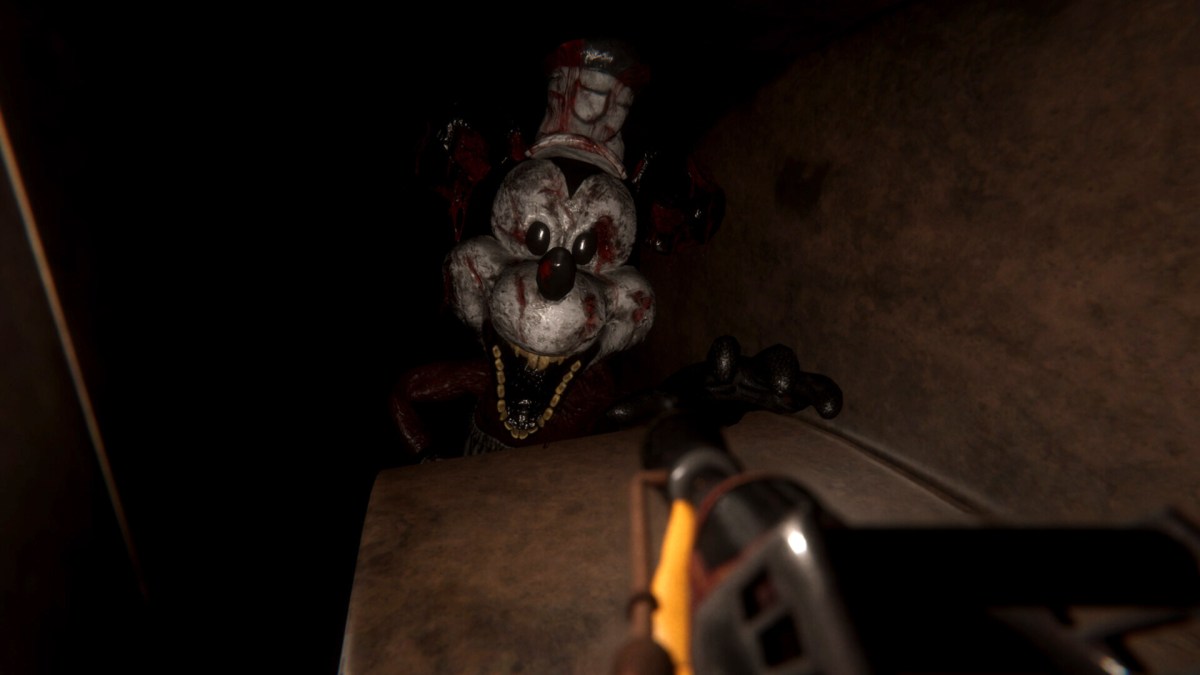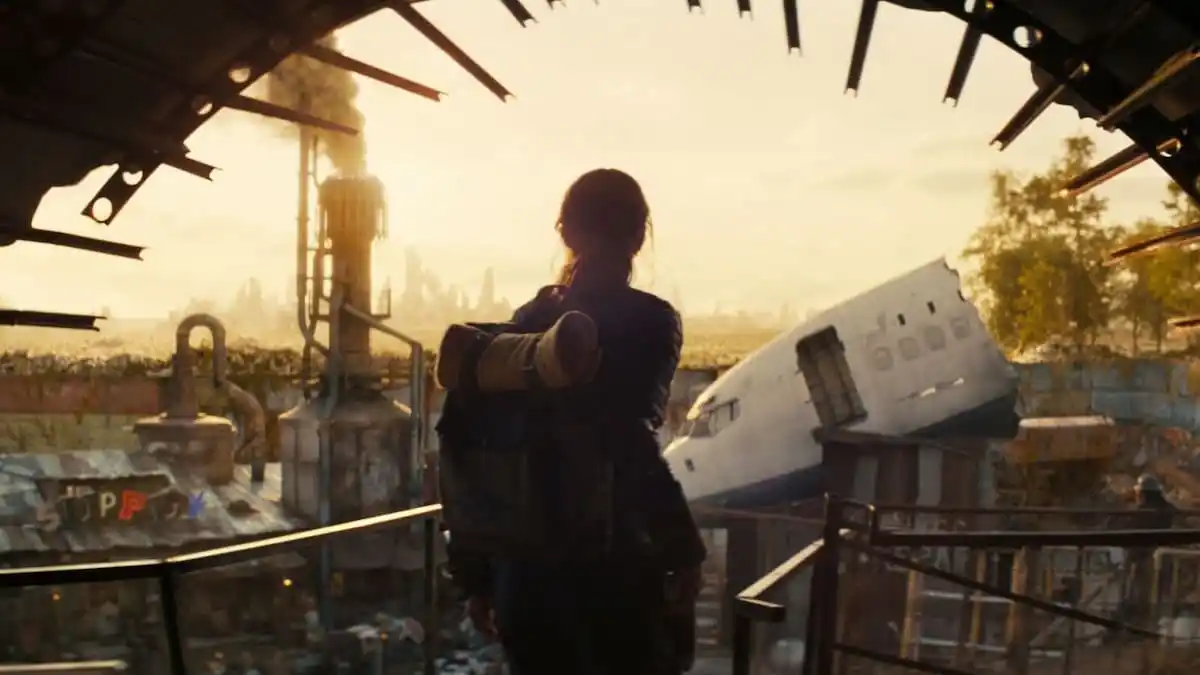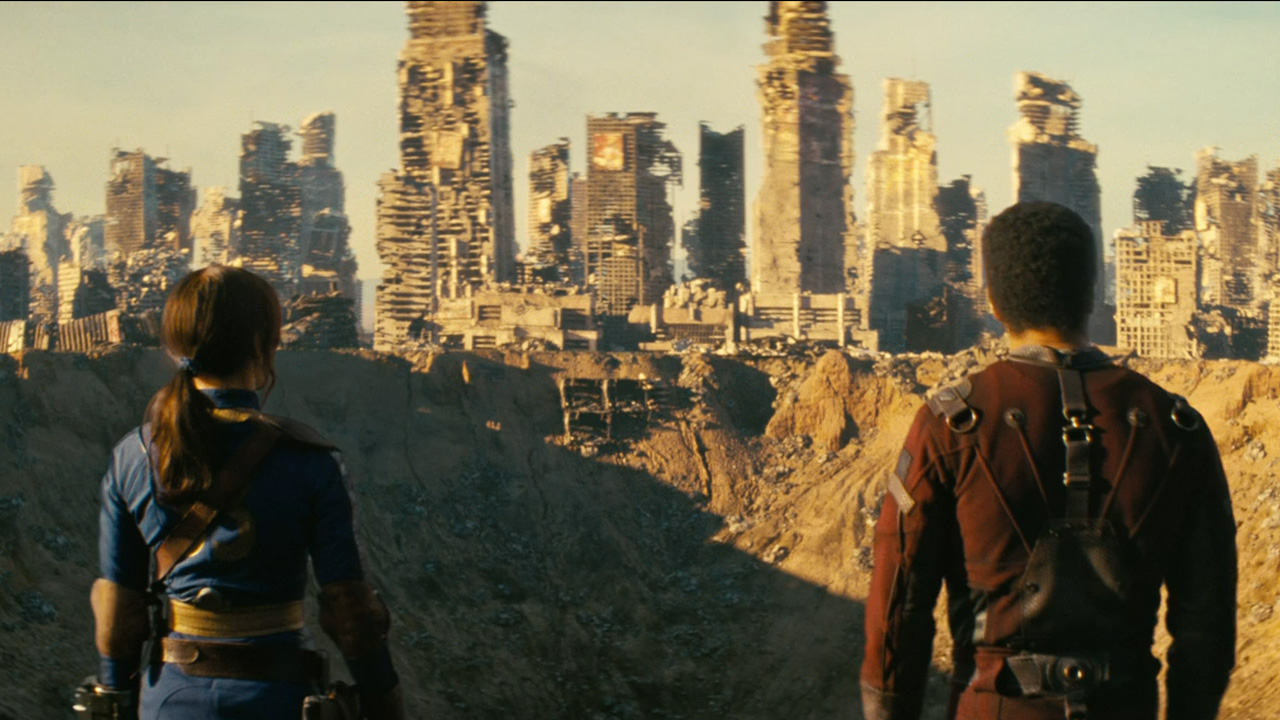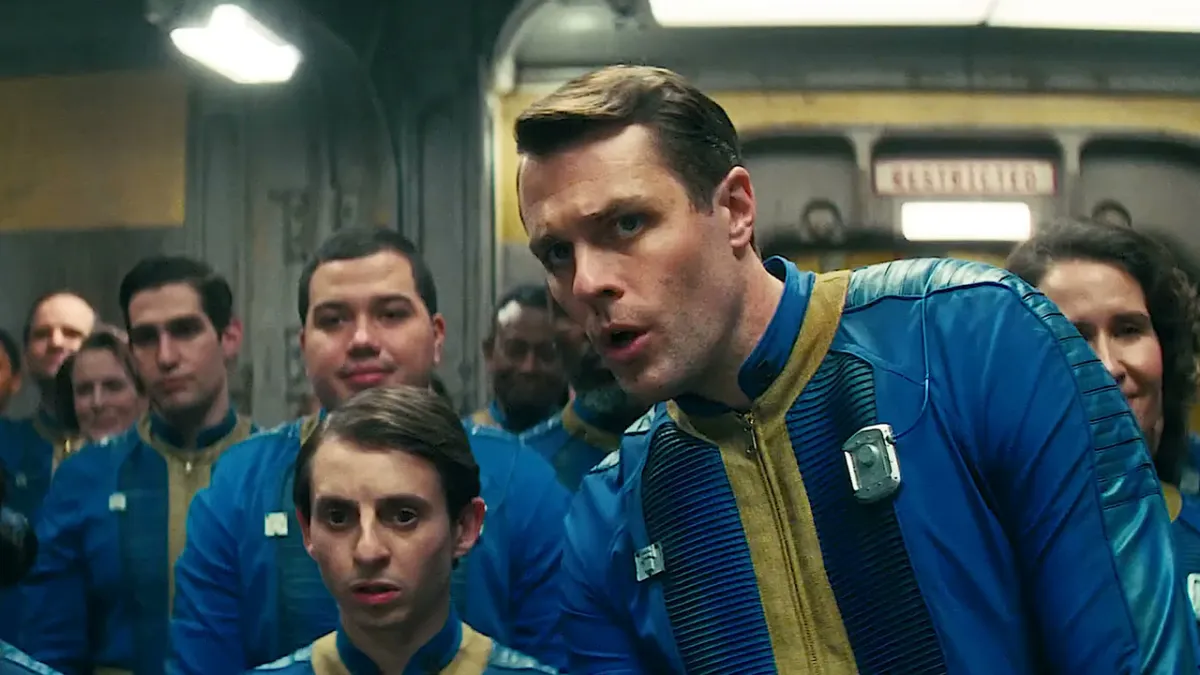The public domain is an immensely valuable concept. Imagine a vast well of human knowledge and creativity for anyone to draw from, remix, and reuse. How disappointing, then, that the most loudly discussed ways of using the public domain are trite memes.
I’m referring, of course, to the recent, widespread coverage of Mickey’s Mouse Trap and Infestation: Origins (formerly Infestation 88), as well as last year’s viral explosions of Winnie-the-Pooh: Blood and Honey and Winnie’s Hole. All four projects take advantage of the expiration of copyright over their dubiously termed source material: Disney’s Steamboat Willie in the first two examples and A. A. Milne’s Winnie-the-Pooh in the latter. These projects are only possible because the properties have entered the public domain.
What Is the Public Domain?
It’s a fairly nebulous idea, but the straightforward explanation is that any works without copyright are considered as being in the public domain. This allows anyone to take those stories, papers, images, music – whatever – and use them for their own purposes without fear of legal reprisal from the copyright holders. Where it gets slightly tricky is that different countries have different rules for copyright expiry.
New Zealand, for example, sets the term for books as the creator’s life plus 50 years, meaning that Winnie-the-Pooh exited copyright there almost twenty years ago, while The Lord of the Rings exits in that country this year. However, given the global reach of media, we’re extremely unlikely to see fan-made riffs on J. R. R. Tolkien’s epic until 2050 because US copyright laws set the term as 95 years after the initial publication – and an unofficial sequel has just been very publicly quashed for infringing on those rights.
It differs by country, medium, and authorship, but in the US, as of January 1, 2024, pretty much anything created before 1929 is fair game for reimagining and reuse. That includes the likes of the Sherlock Holmes stories, the film Metropolis, and, yes, the characters of Mickey Mouse and Winnie-the-Pooh as they appeared in the short film Steamboat Willie and the original Winnie-the-Pooh book, respectively.
The Problem of Culture
So, while there’s nothing intrinsically wrong with them, the projects that have been discussed so widely are deeply unserious. Across most of them, we see no real consideration for the source material beyond the blatant attempt to capitalize on a known quantity. That much is evident from the set-up. With all due respect to purveyors of horror, adapting existing properties to the schlock horror genre is low-hanging fruit, and it’s not as if any great degree of creativity is involved in these particular instances. Blood and Honey is a slasher flick that rips its warped version from the likes of American McGee’s Alice and other dark fairytale reimaginings. Meanwhile, Mickey’s Mouse Trap premise of a kid’s-property-cum-slasher-villain is familiar from Child’s Play, Five Nights at Freddy’s, and Willy’s Wonderland. Framing them within the usually comforting embrace of Disney doesn’t add anything.
They may ostensibly be classified as adaptations of a kind, but I would contend that they’re more like memes, seeking virality rather than vitality. And in that, they’re all eminently successful, acquiring the kind of online discussion and mainstream coverage that most original IPs could only dream of. Hell, here I am writing about my disdain for them rather than my joy of things that I actually think deserve more attention. I’m doing so because it’s important. It’s important that we don’t just say, “Hurr durr – dumb take on Mick Mouse is fun” and sleepwalk into a Ready Player One-styled world where the value of a thing is derived entirely from its capacity to exploit something better, or at least more creative.
These products are newsworthy not because they’re good but because they will attract attention. Killer Mickey Mouse. Mutant Winnie-the-Pooh. Why not throw a soulslike Pinocchio in the mix? In the field of entertainment journalism, they tick off the news values of timeliness, familiarity, and unexpectedness – as well as being inherently controversial. They take the familiar and jam them into juxtapositions strange enough to make us think, “That could be interesting,” even when we know deep in our minds that there’s not going to be anything interesting in these announcements that are timed to perfectly synchronize with the expiry of copyright.
Flipping the Coin
And I find that entirely justified claim of public interest frustrating for several reasons, the most significant of which is the vapidity of these projects. They don’t meaningfully transform or retell their source material; they simply borrow the aesthetics in the hopes of hitting people in the “memberberries” -extremely successfully, mind you. The most disappointing thing is that, at least in some cases, these creators understand why the public domain is such a powerful creative tool. Simon Phillips, writer and producer of Mickey’s Mouse Trap, said in a recent interview with the BBC that “if you put Mickey into a family movie, you don’t cover new ground… In order to flip the coin, you have to come up with something that’s the polar opposite of what already exists.”
Phillips is right – at least in part. The best adaptations are often transformative rather than transpositive. Rather than attempting exact recreations of their source material, they enter dialogues with them, making whatever changes are necessary to ensure the story and – more importantly – the spirit of a work transfers across contexts. Or, they stretch them in new directions while still remaining true to the core ideas and themes. With the very arguable exception of Blood and Honey, that is what’s missing in these meme variants of hyper-popular public domain properties. Their conceptual underpinnings are divorced from the creative works they derive from.
Compare that to the myriad reinterpretations of public domain works that aren’t just created to turn a quick buck. Reimagined takes on the likes of The Little Mermaid, Robin Hood, Sherlock Holmes, Dracula, Alice in Wonderland, The War of the Worlds, and numerous others have gone beyond their source material to become bona fide classics in their own right. And even taking adaptation out of the equation, there are more interesting approaches. The 2018 video game Stone lets players watch a number of classic films, seemingly for no greater purpose than to expose them to potential new audiences (though there are some readily perceivable thematic throughlines at play). Meanwhile, the 2007 video game The Darkness includes To Kill A Mockingbird in full, deploying it in a scene that at least one commentator has called “gaming’s most romantic moment.”
Fundamentally, it comes down to intertextuality and the inextricable connections between stories. At its best, something like How Do You Live echoes through something like The Boy and the Heron almost a century later, or something like Romeo and Juliet gets modern and postmodern revamps after 400 years that make the classic story more approachable. That kind of thing makes for a far more compelling and lasting use of public domain works than cheap memes that will be forgotten before they even come out. That is what I want to hear about and celebrate, not the shit that’s just making noise.





